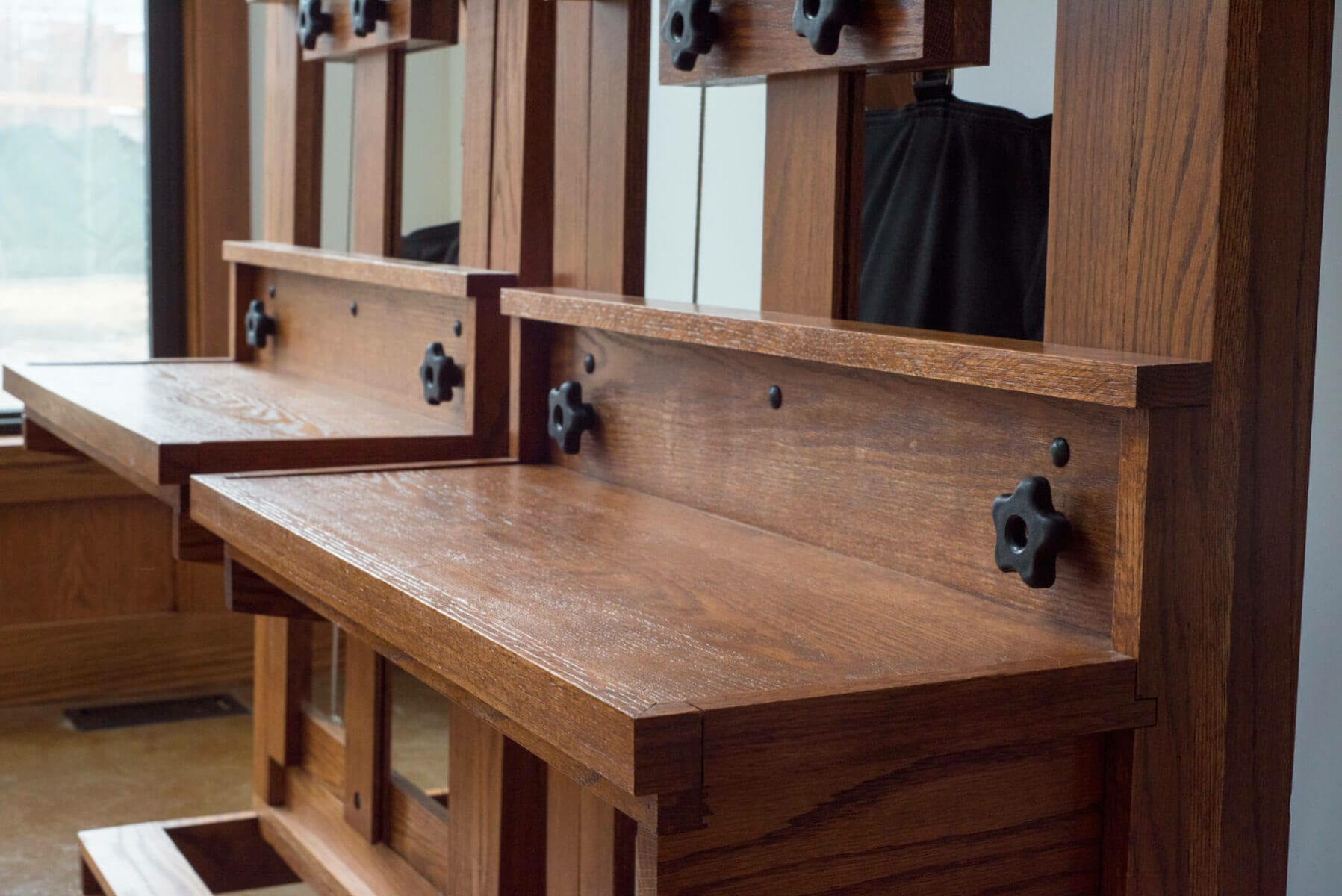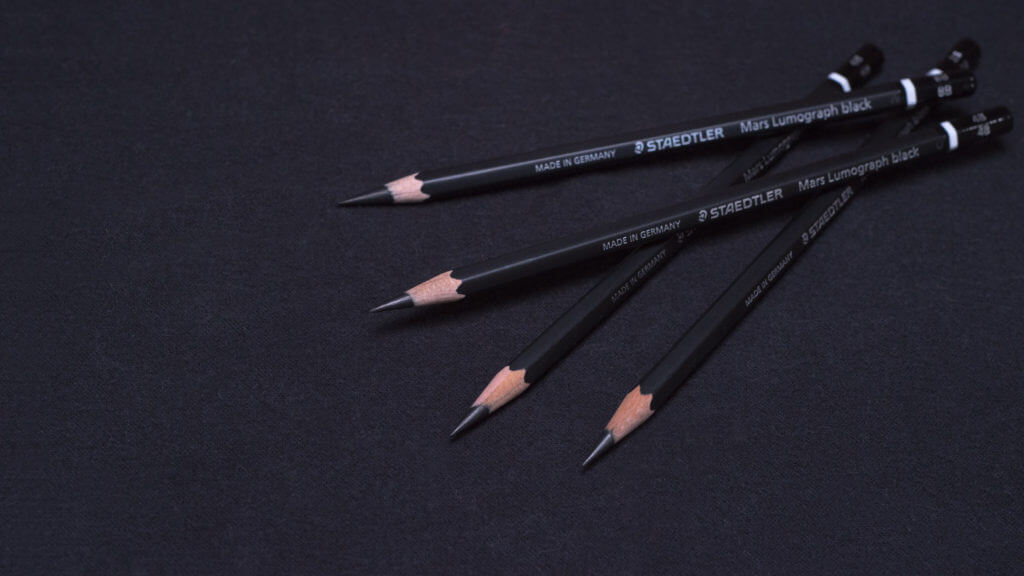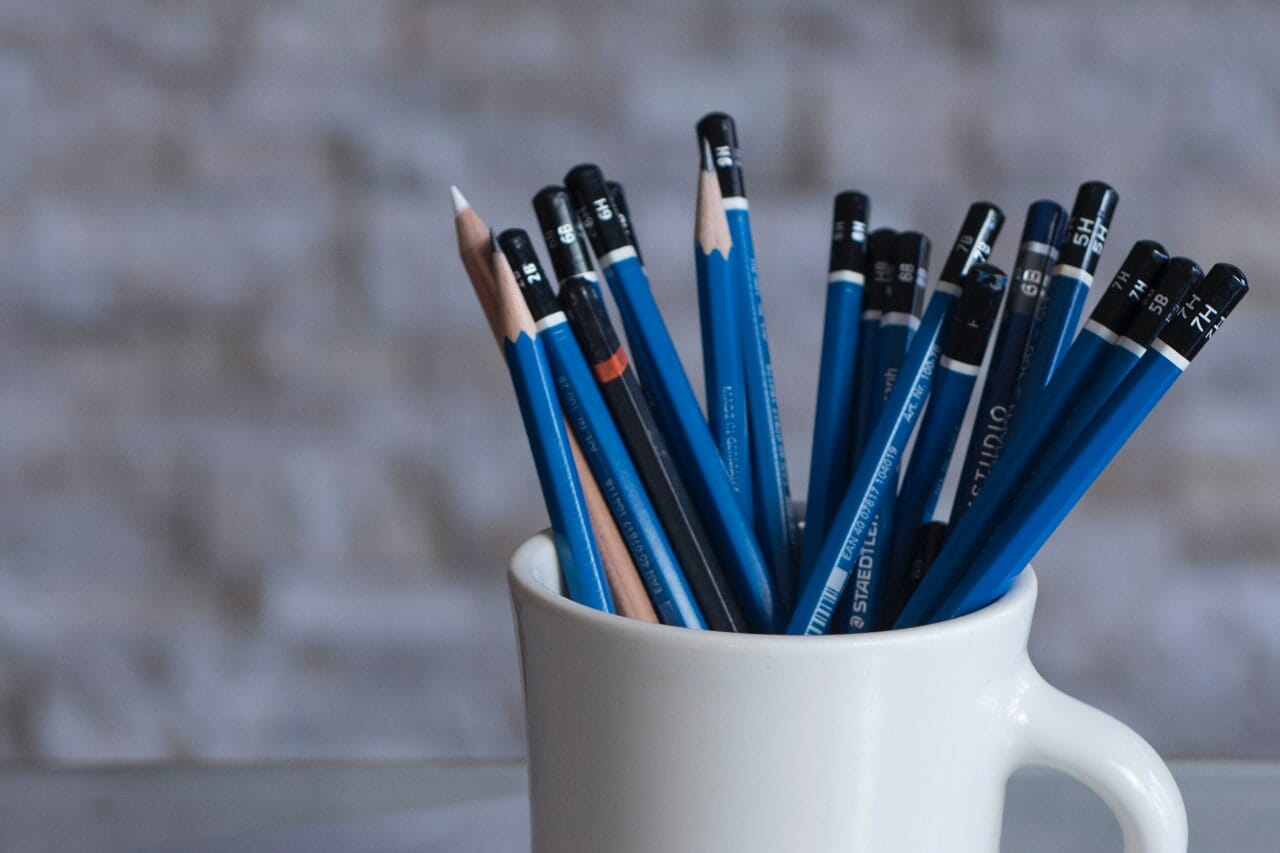Why is Drawing Children so Difficult?

I’m currently working on a portrait drawing of my niece Frances. Actually, she’s not my niece. She’s my wife’s cousin’s daughter, which I think makes her my first-cousin-once-removed… But I’m not sure.
In any case, I decided to draw her for a few reasons: because I thought it would be a nice thing to do for Frances and her parents, because I already had a great photo reference of her, and most importantly, because she’s one of my favorite people. For all these reasons, I was looking forward to digging-in to this drawing.
But my excitement waned quickly once I realized how difficult drawing children can be. I have some experience drawing portraits – I lost track a long time ago of how many people’s faces I’ve drawn over the years but it’s a lot, and I don’t recall having this much trouble since I was a student. It was frustrating because I know Frances, which – if anything – should make drawing her likeness easier… Shouldn’t it?
Perhaps not. Sometimes knowing your subject can make achieving a likeness feel harder because you’re going to a tougher critic – even small errors will be more noticeable to you when you’re very familiar with the face you’re drawing. But that wasn’t the problem here. The problem here is that Frances is so young.
Drawing Children is a Different Ballgame.
Before now, I’ve never really tried drawing children. In fact, I’ve never tried drawing anyone younger than 20 or or so (or whatever age it is when people start to work as art models). All my drawing from life has been done either in a school environment with professional models, or in my own studio drawing friends – none of whom are younger than 20. In this picture Frances is 5, which turns out to make a huge difference.
Why does age matter?
“So what?” I can hear you asking. “A face is a face. Who cares how old it is?” This is what I thought, too, going into this portrait drawing but it turns out that age matters. Why? Because many of the landmarks I tend to look for on older people simply aren’t as visible when drawing children. In this picture, Frances still has a lot of baby fat, which is like thick cloud cover over her mandible, maxilla, zygomatic bones, the facial muscles like masseter, and the modioli at the corners of the mouth. In their place is a soft, doughy expanse across her cheeks, where surface forms are merged together to the point of near invisibility.
And yet, they’re still there. Failure to account for them on some level will yield an overly simplified, plasticky, manikin-like look to the drawing that just never looks quite right, even when drawing children. What structure is there must be described. But if I over-deveop these sub-forms of the face – even a little bit – I’ll make Frances look aged and haggard, like a creepy troll-child who’s spent too much time in the sun.
This is the subtle balancing act that’s required when drawing children – sufficient description of forms cloaked in baby-fat, without over doing it and adding years of wear-and-tear onto the face of a 5-year-old. I think I’ve adjusted and I’m now enjoying this portrait drawing, but it was tricky there for a while. Unexpected challenges like this are part of why, after years of doing this, I’m still motivated to make drawings.







Ive drawn for most of my life basically for relaxation and enjoyment. When I came across your wonderful pencil drawings on youtube I was literally blown away. God has blessed you with unreal talent. Thank you sincerely for sharing it with us.
After seeing your work, I have picked up my pencil and began to sketch again someday I hope to be as accomplished as you but I won’t hold my breath.
Regards, a big fan :8)
Thanks, Jerry. I’m glad you found it helpful 🙂
After trying it many times, I avoid drawing or painting children. I don’t particularly like drawing or painting women for similar reasons. I think the difficulty arises from (as you point out) the subtlety of landmarks but there is another, somewhat related factor: shadows that define form change and develop very slowly across the major expanses of the face. Even if you get the transitions correct, it’s easy for the skin to look plastic. Some of this can be addressed in oil paint by effective use of glazing but I’ve not found a way to accomplish this with graphite or even vine charcoal. The absolute worse thing for any portrait is to have to work from a snapshot or an open mouth grin; these are both common problems for available reference images of children. I’ll stick to old men, dogs, and horses.
Question how do you develop your underlying line drawing?
when is “Static” – Portrait Drawing of a Child part 5 ?
When it’s ready, Suraj 🙂
When I saw the YouTube segments, I thought your subject looked like Mindy and wondered if this was based on a past photo or someone related to her. Now I see that this is her niece, and I guess that you are doing brilliantly with the portrait. It looks fantastic.
when will “Static” – Portrait Drawing of a Child part 4 , publish on youtube??
Suraj, it will be released this week. Sorry for the delay!
now what about part 5 🙂
eargerly waiting